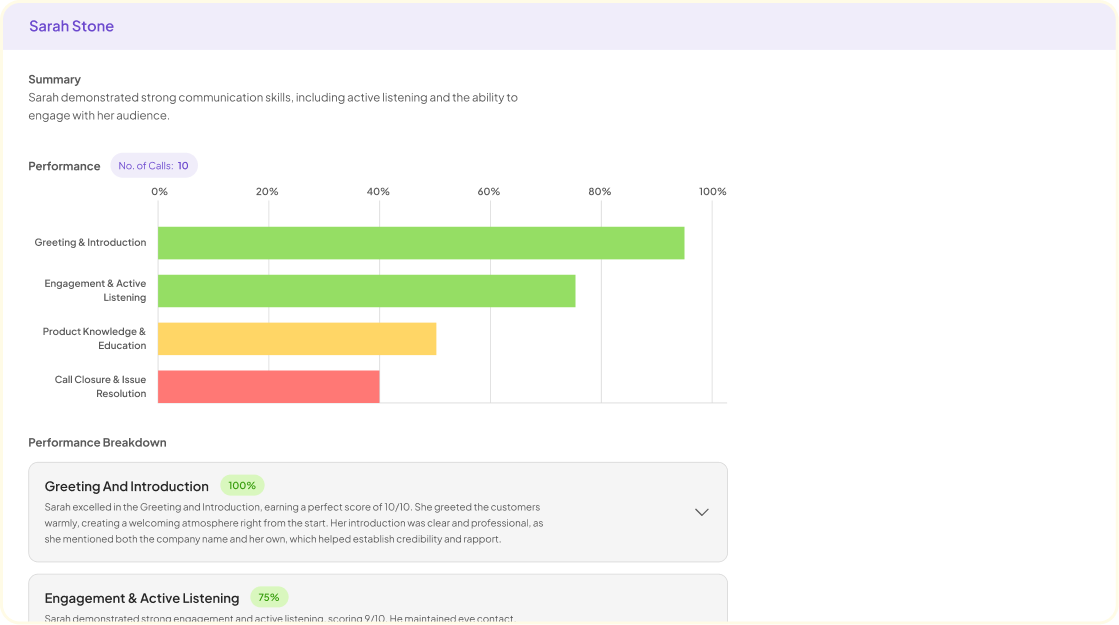Understanding consumer behavior is essential for effective marketing strategies. In qualitative marketing research, consumer behavior insights reveal the underlying motivations that drive purchasing decisions. These insights help marketers to create campaigns that resonate deeply with target audiences, ultimately enhancing brand loyalty and sales.
In this section, we will explore how qualitative methods can uncover rich narratives and emotional triggers influencing consumer choices. By focusing on direct interactions such as interviews and focus groups, researchers can gather nuanced information that quantitative methods may overlook. The goal is to provide a comprehensive understanding of consumer behavior that informs innovative marketing strategies.
Exploring the Role of Consumer Behavior Insights in Marketing
Consumer behavior insights are crucial for understanding how customers make decisions and what influences their purchases. By delving into these insights, marketers can tailor their strategies to meet consumer needs more effectively. Understanding behavior patterns, preferences, and motivations can lead to a stronger connection between brands and their target audiences.
To maximize the effectiveness of consumer behavior insights, companies should consider the following aspects:
- Segmentation: Identifying distinct consumer segments helps in crafting personalized messages that resonate deeply with varied audiences.
- Trends Analysis: Observing shifts in consumer preferences can guide marketers in forecasting demand and developing new products.
- Emotional Drivers: Recognizing the emotions behind purchasing decisions allows for the creation of marketing campaigns that evoke positive responses.
- Feedback Utilization: Actively seeking and acting upon customer feedback creates a dialogue and fosters loyalty.
Overall, integrating these factors into marketing efforts can lead to enhanced consumer engagement and, ultimately, business success.
Uncovering the Depths of Consumer Preferences
Uncovering the depths of consumer preferences requires a thorough exploration of consumer behavior insights. Making informed business decisions hinges on understanding the emotions and motivations behind consumer choices. By engaging directly with customers through interviews, focus groups, and discussions, researchers can unveil nuanced perspectives that quantitative data may not capture. This qualitative approach reveals what drives consumer satisfaction and loyalty while identifying pain points that can be addressed.
To effectively uncover these preferences, several key strategies can be employed. First, conducting in-depth interviews allows for personalized interactions that yield rich insights into consumer attitudes. Second, utilizing focus groups facilitates discussions among diverse participants, leading to a broader understanding of shared experiences. Third, observational studies help researchers witness consumer behavior in real-world settings, providing context to their choices. By implementing these methods, businesses can better align product offerings and marketing strategies with the genuine needs and desires of their target audience.
Understanding Motivations Behind Purchase Decisions
Understanding the motivations behind purchase decisions is crucial for brands seeking to enhance their market presence. Consumer Behavior Insights play a significant role in deciphering the various factors that influence buying habits. These motivations can stem from emotional connections, perceived value, social influences, or personal needs. By understanding these underlying factors, brands can better tailor their strategies to meet consumer expectations.
A few key components drive purchase motivations. First, emotional drivers often dictate choices, as consumers may buy a product based on how it makes them feel. Second, perceived value affects purchase decision-making; people are inclined to select items that represent a good balance between cost and quality. Third, social influences, such as peer recommendations or trends, can sway consumers towards specific brands. Lastly, personal needs—including functionality, convenience, and brand loyalty—are critical aspects to consider. Understanding these insights allows marketers to create more targeted campaigns that resonate with their audience, ultimately leading to increased sales.
Innovative Qualitative Research Methods for Consumer Behavior Insights
Innovative qualitative research methods can unveil vital Consumer Behavior Insights, significantly enhancing marketers' understanding of their target audience. By employing creative approaches like ethnography and narrative analysis, researchers dive deeper into consumers’ motivations and feelings. Ethnographic studies, for instance, place researchers in the environment of consumers, enabling observation of behaviors in real-life contexts.
Another effective method is the use of in-depth interviews, which allow for personal storytelling and uncover rich insights about consumer perspectives. By analyzing these narratives, researchers can identify patterns in consumer behavior that traditional methods might miss. Focus groups also provide a platform for dynamic discussions, revealing the complexities of consumer attitudes. As these methods evolve, integrating technology can further enhance data collection, facilitating a more engaging experience and transformative insights. Through these innovative approaches, businesses can better anticipate consumer needs and preferences, driving growth and loyalty.
Leveraging Ethnographic Studies in Market Analysis
Ethnographic studies serve as a powerful tool in market analysis, offering deep consumer behavior insights that quantitative data often overlook. By immersing researchers in the environment of the target audience, subtle nuances and contextual factors become apparent. This approach allows companies to understand not only what consumers do but also why they make certain choices.
There are several key elements to harnessing the potential of ethnographic studies effectively. First, observation plays a crucial role; it captures genuine behavior in real-life situations rather than relying on self-reported data. Next, interviews can provide rich narratives that bring context to the observed behaviors, revealing underlying motivations. Lastly, data triangulation enhances credibility by combining insights from multiple ethnographic methods to form a comprehensive understanding. By integrating these findings into marketing strategies, businesses can tailor their offerings to align more closely with the needs and desires of their customers.
The Rise of Online Communities and Their Impact on Consumer Research
The growth of online communities has drastically transformed how brands gather Consumer Behavior Insights. These platforms allow consumers to share their experiences, opinions, and preferences, fostering a collaborative environment where qualitative research can thrive. By engaging with these online groups, marketers can gain a deeper understanding of their target audience and their emotional connections to brands. This perspective is invaluable in crafting tailored marketing strategies that resonate with consumers.
Additionally, online communities offer a wealth of data-rich discussions that can highlight emerging trends and shifting consumer attitudes. Brands can monitor these conversations to identify pain points or preferences that may not emerge in traditional surveys or interviews. This shift represents a fundamental change in consumer research methodology, as businesses can now harness the power of collective insight to drive decisions and improve their products or services. Embracing this trend is crucial for staying relevant in an ever-evolving marketplace.
Conclusion: The Future of Consumer Behavior Insights in Marketing Research
As we look ahead, it is clear that consumer behavior insights will play a pivotal role in shaping marketing strategies. The evolving landscape of technology and data analytics provides marketers with unprecedented opportunities to understand their customers deeply. By harnessing qualitative research techniques, businesses can identify nuanced preferences, motivations, and pain points that drive consumer choices.
In the future, integrating advanced analytical tools will enhance the accuracy of these insights. Marketers must focus on cultivating trust and authenticity in their consumer interactions. As consumer expectations continue to rise, adapting to these changes will be essential for creating relevant and impactful marketing efforts. Embracing this shift will not only provide a competitive edge but also foster long-term relationships with consumers.


